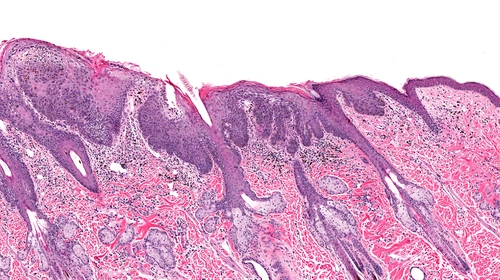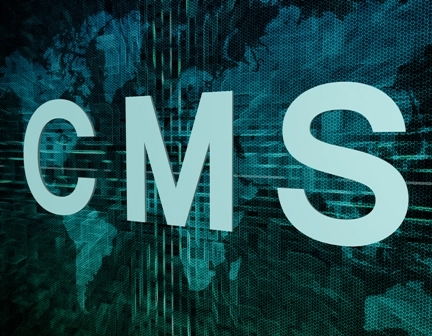CMS Releases Final 2017 ICD-10 Code List

You’ve got only a few short months to get up to speed on the new ICD-10 diagnosis codes hitting Oct. 1. See the updates at www.cms.gov/Medicare/Coding/ICD10/2017-ICD-10-CM-and-GEMs.html. CMS says it will post the Generally Equivalent Mappings for the new codes next month.
Download the new codes today, urges consultant Beth Noyce with Noyce Consulting in her newsletter. “October 1st is nearer than we think,” Noyce warns.
Beware: When the new GEMS come out, don’t depend on them, warns coding expert Lisa Selman-Holman on her blog. CMS’s GEMS “often point to [an] unspecified code,” she says. “They may get you to the right neighborhood, but not to the right house.”
“Using GEMs or mappers to code leads to inaccuracy and, in time, CMS will note trends and change medical review policies and case mix scoring to the industry’s detriment,” Selman-Holman predicts.
In other news…
The cost of health care continues to be on the rise, and there’s no place that it is more evident than the continually rising prices of prescription drugs. Fortunately, for the projected CY 2017, providers can finally relay some good news to their patients—Medicare predicts there will be some relief for beneficiaries invested in the Part D prescription drug plan.
“Stable Medicare prescription drug plan premiums help seniors and people with disabilities afford their prescription drugs,” said Andy Slavitt, CMS administrator, in a July 29, 2016 press release. “However, I remain increasingly concerned about the rising cost of drugs, especially high-cost specialty drugs, and the impact of these costs on the Medicare program.”
In its announcement, CMS suggested that in 2017 the Medicare Part D prescription drug plan’s average basic premiums would change very little from the year before with the cost per month around $34. Though a slight increase is expected of about $1.50 from the 2016 average of $32.56, Medicare considers the miniscule rise to be status quo.
The stable rates are a relief for patients—particularly seniors and people with disabilities who utilize Medicare Part D most commonly—because despite the balanced costs, specialty drug prices continue to escalate rapidly. In fact, the Medicare 2016 Trustees’ report suggests that the “growth in the costs of prescription drugs paid by Medicare continue to exceed growth in other Medicare costs and overall health expenditures,” the press release points out.




